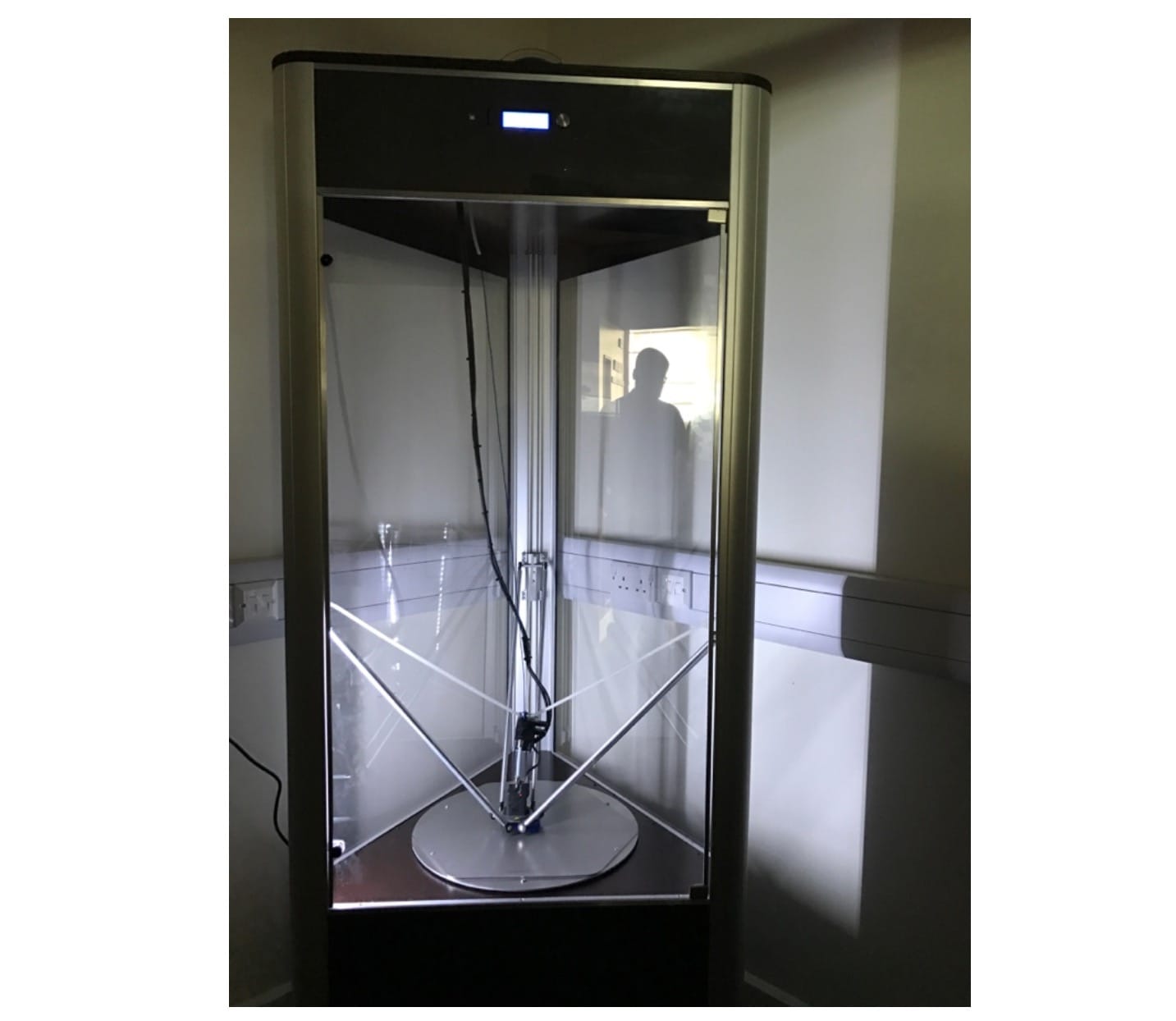
We’ve received a press release from the UK’s Hawk 3D Proto, who apparently have equipped a police department with a 3D printer.
Hawk 3D Proto is a UK-based 3D print reseller that deals with a variety of equipment. Normally, the sale of 3D printing equipment to a customer does not warrant a dedicated post on this publication, but in this case the application being undertaken is a bit different.
The machine in the report is a Delta WASP 4070, a large-scale delta-style machine capable of 3D printing objects up to 400 x 400 x 700mm. It’s well known as a very reliable device.
But the customer in this case is the Regional Scientific Support Unit of the West Yorkshire Police in and around Leeds, UK. Their use of advanced science has previously been demonstrated in the field of DNA, for example, so it is not particularly surprising that they might also experiment with 3D printing as well.
But what exactly are they doing with 3D printing?
Apparently they’ve long used 3D scanning technology to capture 3D renderings of crime scenes, used for analysis and legal purposes. But they now believe by 3D printing such scenes they may be able to provide an additional dimension to these processes.
Daniel Sharp, Crime Scene Surveying Supervisor at West Yorkshire Police, explained:
3D laser scan technology has been used by Y.A.T.H Imaging Unit since 2008, producing 3D animations and plans for court use. It was a natural progression therefore to be able to recreate the crime scenes in solid 3D. This would enable judge and jury to hold the crime scene in their hands.
A large scale 3D printer was required to meet these needs, and also to produce an innovative prototype and subsequent product for one of our close government partners.
We are already using the 3D printer for the project and looking forward to using it to support investigations and court use.

This makes sense. While it is possible to produce a 3D rendering that one can spin around as an advancement over still images, there is something special about a 3D print.
Such prints would enable judges, attorneys and jurors to have the actual crime scene “register” in their minds as a true 3D scene. A similar effect occurs when surgeons 3D print the area of interest prior to surgery: handling the 3D object makes the scene familiar.
I’m wondering what other similar applications might be appropriate for this method? Are there complex 3D situations that require analysis or simulation? I imagine there are a great many, most of which don’t currently take advantage of 3D printing technology.
Via Hawk 3D Proto

